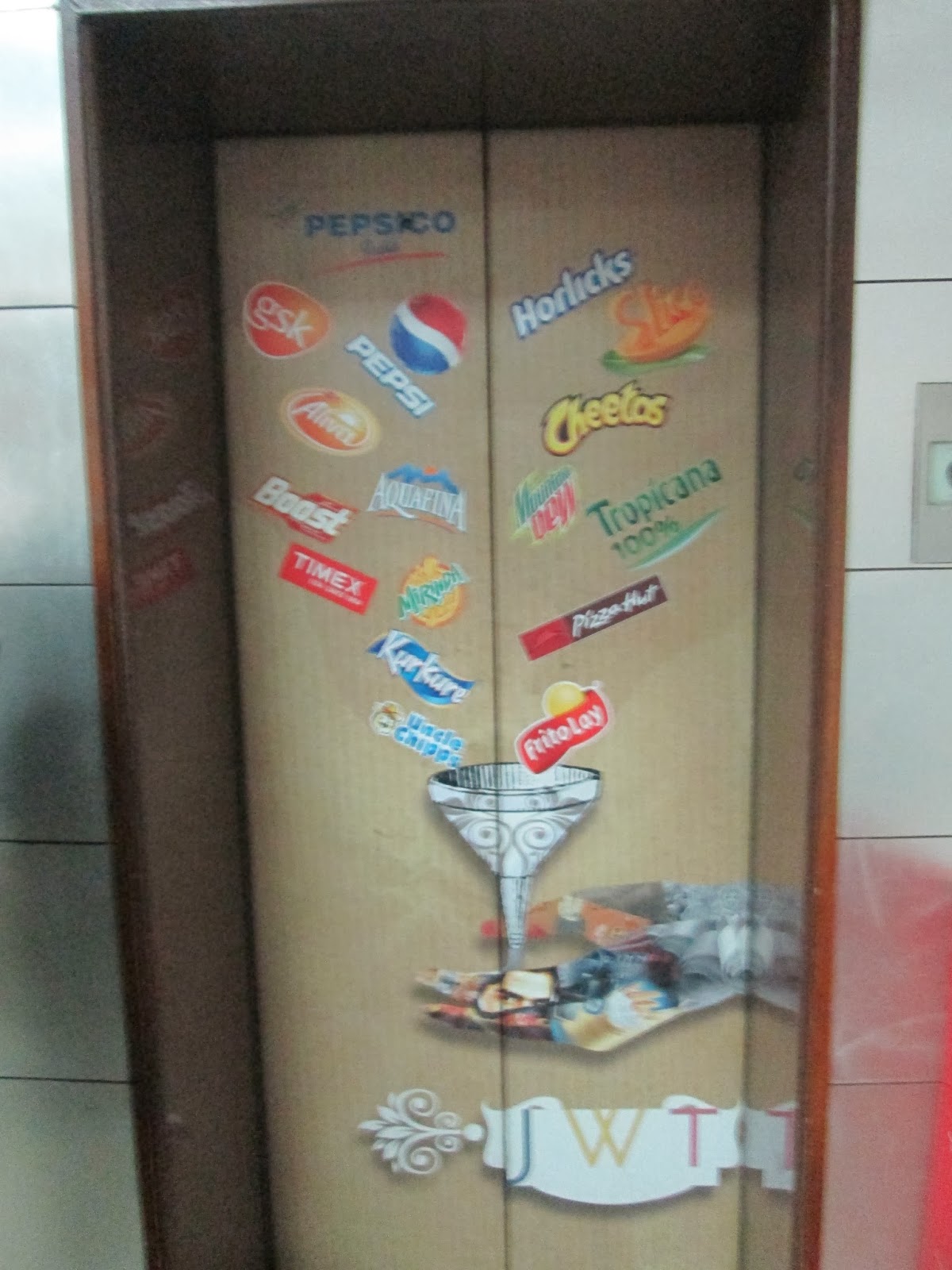Day 6: Manufacturing Companies & Kingdom of Dreams
On today's adventure, we went to 2 different manufacturing companies called Mahle and Gabriel India Inc. Mahle is a manufacturing company that produces oil filters, fuel filter, industrial filters, air filters etc. Gabriel is a company focused on manufacturing the shocks of different types of cars. Both companies are essentially automotive suppliers. In seeing both these companies today, I was able to notice that Mahle has more people in the plant then Gabriel. For Mahle, there seems to be more tedious work to be done (work that can't be done by a machine) than for the Gabriel company.
Below are a few pictures that I was able to take while in Mahle. We were able to see the process of how the oil filters are created.
On today's adventure, we went to 2 different manufacturing companies called Mahle and Gabriel India Inc. Mahle is a manufacturing company that produces oil filters, fuel filter, industrial filters, air filters etc. Gabriel is a company focused on manufacturing the shocks of different types of cars. Both companies are essentially automotive suppliers. In seeing both these companies today, I was able to notice that Mahle has more people in the plant then Gabriel. For Mahle, there seems to be more tedious work to be done (work that can't be done by a machine) than for the Gabriel company.
Below are a few pictures that I was able to take while in Mahle. We were able to see the process of how the oil filters are created.
(Start of the process, creating the container for the filter.)
(End product-this specific oil filter was created for Harley Davidson)
(A view of the inside of the Gurgaon Plant)
(Marking process. This man's hands were moving so fast that it became impossible for me to steady the picture.)
(The blue letters was what the man in the above picture was putting on the filters)
To end the day, we were taken to a place called the Kingdom of Dreams. The place was exciting from the moment we got off the bus. A few of us were able to ride a camel and go on a bungee jump ride (which first and for most I want to tell my mom that I was the first dare devil to get on the ride. Even though she might not be too happy about that, she knows I had to do it!!! :D). After finally getting into the Kingdom of Dreams, were were able to do a bit of shopping, eat and watch a colorful, moving, fantastic Bollywood play called Zangoora (Promo of play can be seen using this link http://www.youtube.com/watch?v=fGU3L2-qWQk). The play is about a prince who's parents are killed and he is saved by one of his father's friends. The little baby prince (Zangoora) is left with a group of gypsies. Zangoora grows up and becomes a big ladies man and a bit of a trouble maker in the way that fairy tale movies mostly portray the male character (like Aladdin and Simba-even though the Lion King was not technically a fairy tale, but the play did resemble the Lion King movie to many of us that is why I included the name). During the play, Zangoora meets a princess and he falls in love with her. By the end of the play, we all know what is bound to happen and it does. Even though the play is what we normally know to occur in these fair tale type productions, this play was phenomenal. I enjoyed all the music and dancing even though the play was in Hindi and not in English. At the end, a few of us were able to join the cast and dance through the middle aisle.
Below are a few pictures of some of the adventures in the Kingdom of Dreams...
(Jess and I outside of the Kingdom of Dreams by the elephant fountain)
(Chris and Lauren riding the Camel)
(Bungee Jump ride- Abdulah and Allen)
(Grant and Sean riding a camel)
(Mermaid)
(Grant doing his Hindu god pose!)
(Inside the Kingdom of Dreams. The town looks immense but in reality it is all just an illusion.)


















































